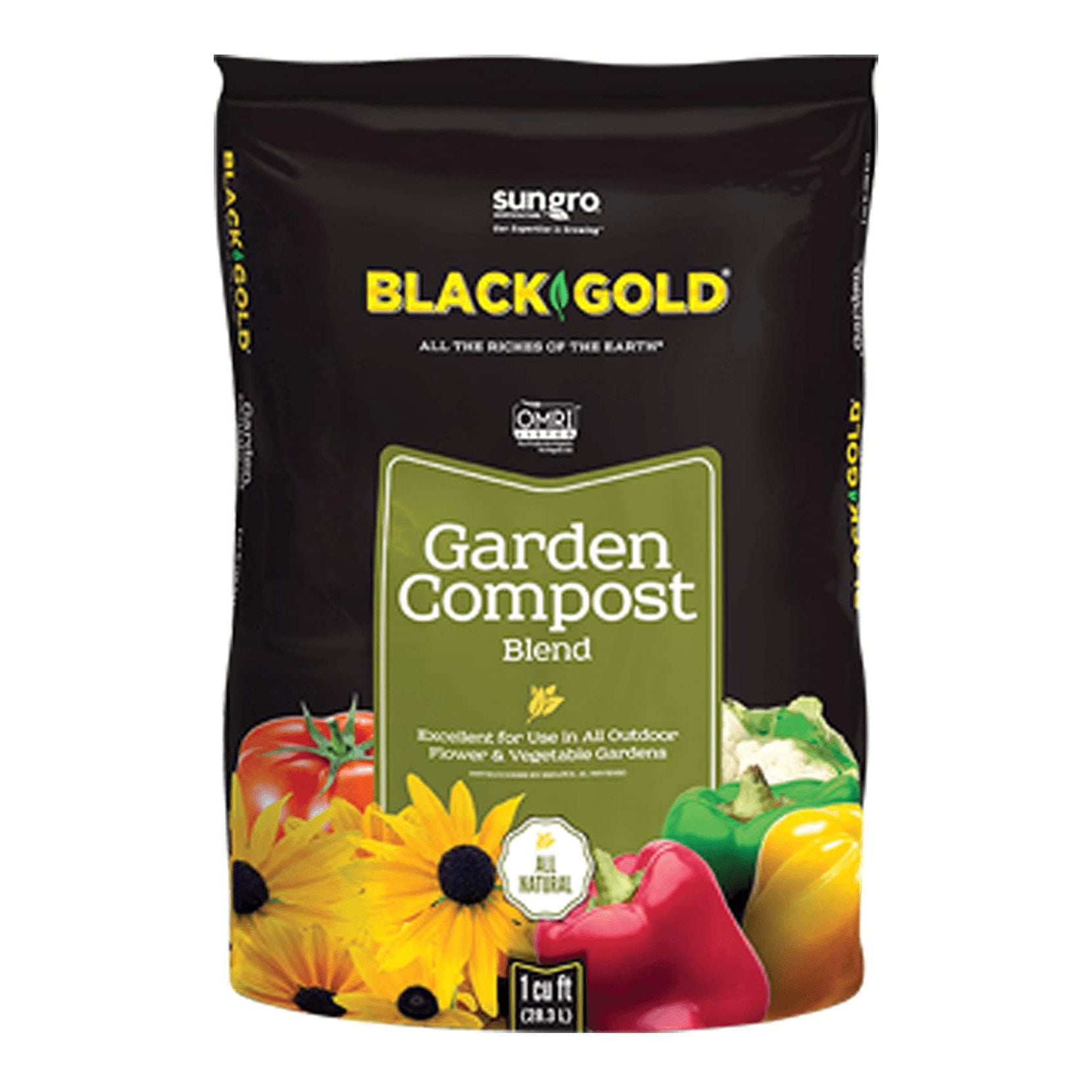Black Gold: The Magic of garden Compost
Composting is a cornerstone of sustainable gardening, transforming kitchen scraps and yard waste into nutrient-rich “black gold” that enriches the soil and nourishes plants. This process not only reduces waste but also creates a valuable resource that improves soil structure, water retention, and overall plant health. Whether you’re a seasoned gardener or just starting out, understanding the art of composting can significantly enhance your gardening success.
What is Compost?
Compost is the product of decomposed organic matter. It’s a dark, crumbly, earthy-smelling material that’s teeming with beneficial microorganisms. Unlike regular soil, compost is rich in essential nutrients like nitrogen, phosphorus, and potassium, which are vital for plant growth. It also improves soil structure by increasing its ability to retain moisture and air, making it easier for plant roots to penetrate and thrive.

Why Compost?
The benefits of composting are numerous:
Enriches the Soil: Compost acts as a natural fertilizer, providing essential nutrients to plants.
The Composting Process: A Breakdown

Composting is a biological process that relies on microorganisms to break down organic materials. These microorganisms need the right balance of ingredients to thrive. The composting process can be broadly divided into two main categories:
Aerobic Composting: This method relies on oxygen-loving microorganisms. It’s generally faster and produces less odor.
Most home gardeners opt for aerobic composting due to its speed and ease.
Setting Up Your Compost System
There are various ways to set up a compost system, depending on your space, budget, and needs. Some popular options include:
Compost Bins: These are enclosed containers that help retain heat and moisture, accelerating the composting process. They come in various sizes and materials.
What to Compost (and What to Avoid)
The success of your compost depends on the right mix of materials. It’s crucial to understand what can and cannot be composted.
Grass clippings
Dry leaves
Meat and bones
The Ideal Compost Recipe: Finding the Balance
The key to successful composting is maintaining the right balance of “greens” and “browns.” A good rule of thumb is to aim for a ratio of about 2:1 or 3:1 browns to greens. This provides the microorganisms with the necessary carbon and nitrogen for optimal decomposition.
The Composting Process: Step-by-Step
1. Layering: Start by layering browns and greens in your compost bin or pile.
2. Moisture: Keep the compost moist, like a wrung-out sponge. Water it regularly, especially during dry periods.
3. Aeration: Turn the compost regularly to provide oxygen to the microorganisms. This can be done with a pitchfork or by tumbling the compost bin.
4. Patience: The composting process can take several weeks or months, depending on the materials, temperature, and aeration.
Troubleshooting Common Composting Problems
Smelly Compost: This usually indicates anaerobic conditions. Turn the compost more frequently and add more browns.
Using Your Finished Compost
Once your compost is dark, crumbly, and has an earthy smell, it’s ready to use. You can use it in several ways:
Soil Amendment: Mix compost into your garden beds to improve soil structure and fertility.
Advanced Composting Techniques
Hot Composting: This method involves maintaining a high temperature (130-160°F) to kill weed seeds and pathogens.
The Importance of Composting for a Sustainable Future
Composting is an essential practice for creating a more sustainable future. It reduces waste, conserves resources, and improves soil health. By embracing composting, we can create healthier gardens and a healthier planet.
Composting and the Circular Economy
Composting plays a crucial role in the circular economy, where resources are kept in use for as long as possible, extracting the maximum value from them whilst in use, then recovering and regenerating products and materials at the end of each service life. It closes the loop on organic waste, transforming it from a waste product into a valuable resource.
Composting for Beginners: A Quick Start Guide
1. Choose a composting method that suits your needs and space.
2. Gather your “greens” and “browns.”
3. Layer the materials in your compost bin or pile.
4. Keep the compost moist and turn it regularly.
5. Be patient! The composting process takes time.
Composting and Climate Change
Composting helps mitigate climate change by reducing greenhouse gas emissions from landfills and sequestering carbon in the soil. It’s a small but significant step that everyone can take to make a difference.
The Joy of Composting
Beyond the practical benefits, composting can be a rewarding experience. It’s a way to connect with nature and create a more sustainable lifestyle. By transforming waste into “black gold,” you’re not just enriching your garden, you’re enriching your life.


